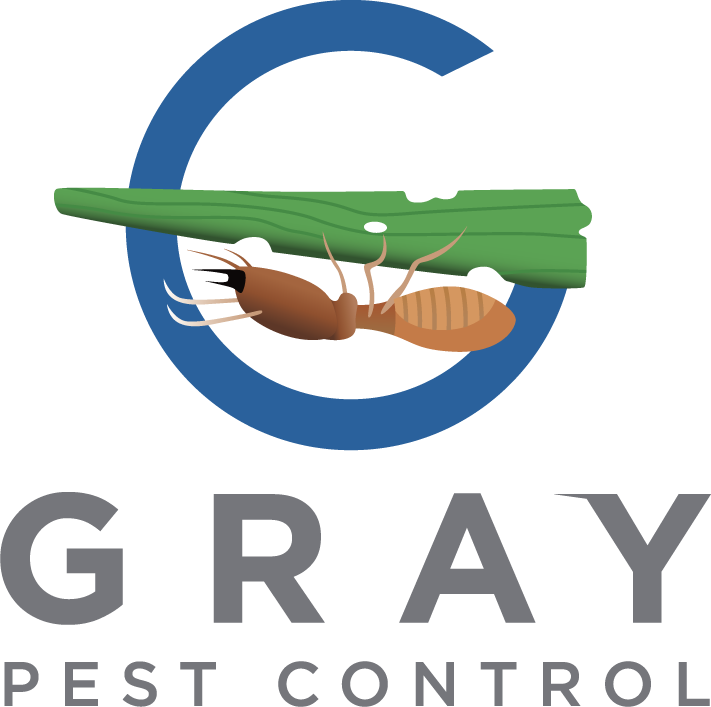Termites in Your Home: How to Spot the Silent Destroyers
Termites, often referred to as silent destroyers, can wreak havoc on your home if left undetected. These tiny pests have the potential to cause significant damage to the structure and foundation, resulting in costly repairs. In this blog, we will guide you through the process of spotting termites in your home, enabling you to take swift action and protect your property from these destructive insects.
Mud Tubes: Termites build mud tubes as protective tunnels between their nest and their food source. Look for pencil-thin, mud-like tubes along foundation walls, exterior walls, or other surfaces. These tubes serve as a clear indication of termite activity and should be investigated further.
Hollowed Wood: Termites feed on wood from the inside out, leaving a thin layer of wood or paint intact on the surface. Tap or lightly press on wooden surfaces such as walls, floors, or furniture. If the wood sounds hollow or feels soft and crumbles easily, it may indicate termite damage.
Discarded Wings: Reproductive termites, known as swarmers, shed their wings after finding a mate and establishing a new colony. Keep an eye out for discarded wings near windowsills, doorways, or light fixtures. The presence of discarded wings is a sign that termites may have infested your home.
Frass or Termite Droppings: Termites produce tiny, wood-colored droppings known as frass. Look for small piles of frass near wooden structures, furniture, or in dark corners. The presence of frass indicates an active termite infestation and requires immediate attention.
Sagging or Bubbling Paint: Termites generate moisture as they feed on wood, which can cause paint to bubble or appear distorted. If you notice paint that is blistering, peeling, or has an irregular texture, it may be a sign of termite activity beneath the surface.
Visible Termite Swarm: During certain times of the year, termites swarm to mate and establish new colonies. If you see a swarm of winged insects, especially near windows, doors, or light sources, it may indicate the presence of termites. Take note of the appearance of the insects and contact a pest control professional to confirm their identity.
Clicking Sounds: Termites are noisy eaters and can produce clicking or tapping sounds as they chew through wood. If you hear faint clicking or rustling sounds coming from walls, floors, or wooden structures, it could be a sign of termite activity.
Being proactive in spotting termites is crucial for safeguarding your home from potential damage. Regularly inspect your property for signs of termite activity, such as mud tubes, hollowed wood, discarded wings, frass, paint damage, visible swarms, or clicking sounds. If you suspect a termite infestation, it's best to consult with a professional pest control company experienced in termite detection and treatment. Remember, early detection and prompt action can save you from extensive repairs and protect your home from these destructive pests.
